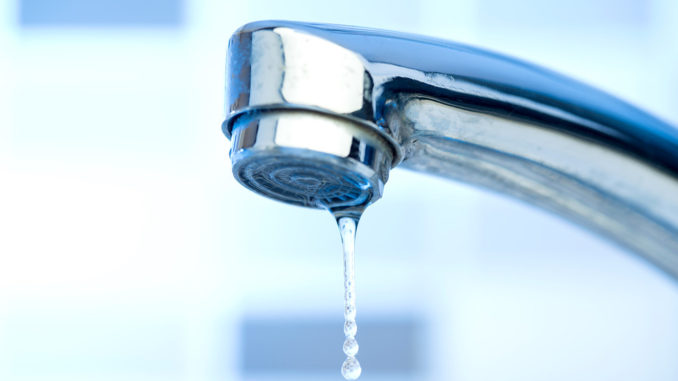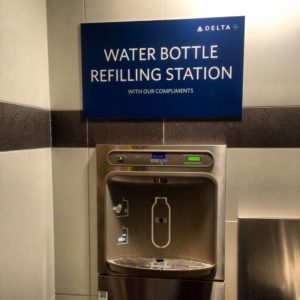
By Anouck Blondé
High levels of lead have been found in tap water in Canada. It is caused by old infrastructure and plumbing. A year-long collaborative investigation by more than 120 journalists, shows worrying results.
It’s not new that the government runs tests on local tap water. But the results of these tests have not always been readily available. This week a groundbreaking investigation revealed the results of 11 cities throughout Canada, from 2014 to 2018. The results were shocking.
The largest number of failed tests was found in Regina in Saskatchewan, with a total of 814 failed tests. That counts for 48.9 per cent of the total number of tests.
In Toronto, the results are slightly more positive with five failed tests. Five years ago, the levels of lead in Toronto were with the highest in Canada. That’s why the city began to add a non-toxic substance, orthophosphate, into the water; a nine million dollar investment that was clearly somewhat successful. However, the failed tests still count for 2.2 percent, which should not be neglected.
Symptoms
The effects of high levels of lead can be serious. By drinking tap water that has lead in it, the lead can be absorbed into the body. Even small amounts can have an effect, as it accumulates. The symptoms of lead poisoning are dependent on the dose and the duration of exposure. At the start, it can cause symptoms such as tiredness, loss of appetite, pain in the joints and bones, metallic taste in the mouth and stomach pain. Prolonged exposure can result in intestinal cramps and constipation. Children are more vulnerable to this than adults, since it has a large impact on the nervous system that they are still developing.
How can this issue be solved? The main solution is to replace lead pipes by plastic ones. However, many cities have stated that hundreds of thousands of lead pipes will most likely not be replaced for decades. But there are other things you can do:
- Let the water run for a while before use;
- Eating food with enough iron and other vitamins balances out the concentration of lead;
- Switch to drinking bottled or filtered water.
The good news for Seneca students is that our campus offers filtered water in every building on campus. With these filtering stations, the school discourages single-use plastic bottles. Other than that, it also prevents students from drinking tap water.
Do you drink tap water or do you stick with filtered water and bottles? Let us know on our Twitter poll.
High levels of lead have been found in tap water all across Canada. Do you drink tap water or do you stick to filtered water and bottles?
— SAY News Now (@SayNewsNow) November 5, 2019


Be the first to comment